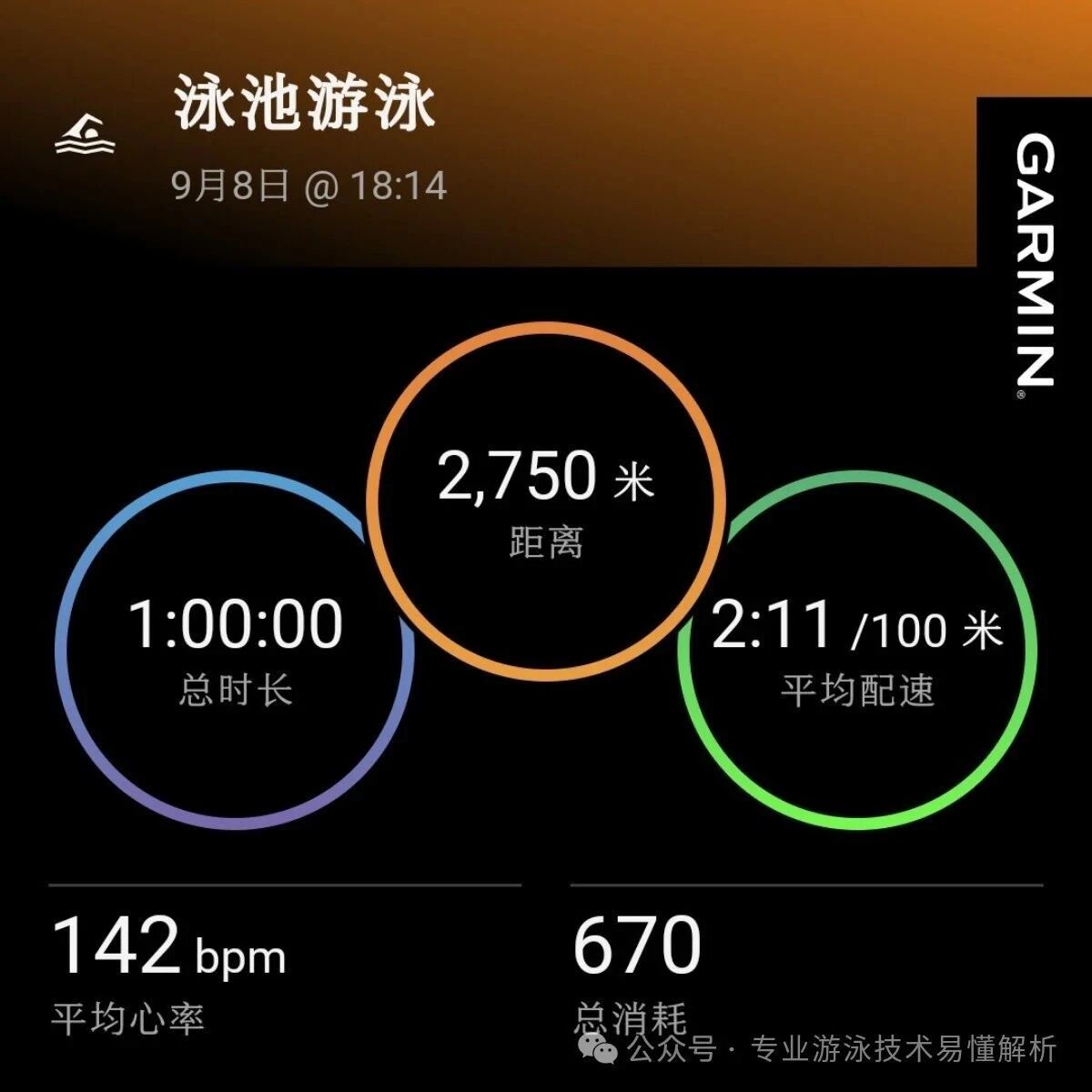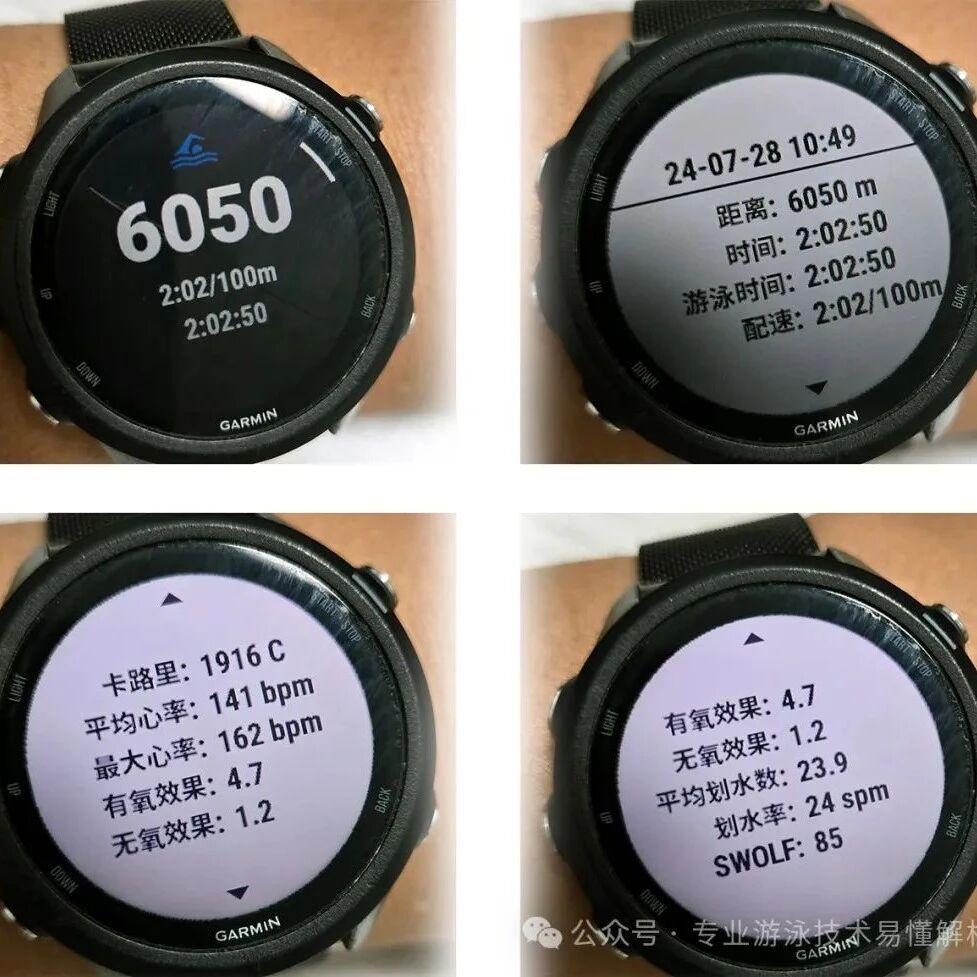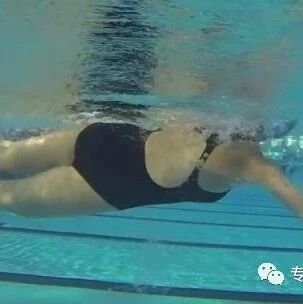Feels like everything’s right, but it just isn’t moving through the water—turns out there’s a problem with the paddle blades on my swimming hand.
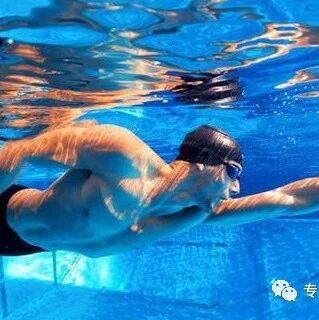
Why is it so important to learn swimming with a coach? Those who’ve tried to teach themselves often find themselves in this situation: they pick up some incorrect techniques, only realizing the mistakes much later—and by then, it takes even longer to figure out how to fix them. Sometimes, these flawed movements have already become ingrained habits, making them incredibly difficult to correct. Yet, if a coach had been there to observe right away, those mistakes could have been pointed out instantly, along with valuable advice for improvement. That’s one of the main reasons why having a coach is essential. Still, most swimming enthusiasts end up teaching themselves due to various practical reasons. Fortunately, nowadays, there are countless online swimming tutorials and videos available—perfect resources for us to study and learn at our own pace!
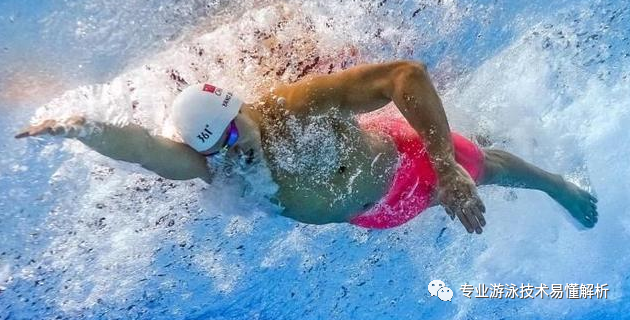
It's worth noting that when learning to swim on your own, filming yourself is crucial, as the human body simply can't replicate the clarity of visual feedback provided by video. Without recording, it’s incredibly challenging to rely solely on imagination and memory to compare your movements against online tutorials—and you’re much more likely to end up off-track due to misunderstandings or misinterpretations. That’s why I highly recommend that amateur swimmers who are self-teaching capture videos of their swimming sessions. Only by watching these self-shot clips can you truly identify and correct any flawed techniques—such as improper hand positioning while propelling forward, for instance.
1. When your palm feels like a paddle blade, then a question arises:
A boat moves forward because each stroke of the oar propels it ahead—and just as the momentum from one stroke begins to fade, the next must follow swiftly, stroke after stroke, in an unbroken rhythm. Here are three key questions:
First, if you start the next stroke before the forward momentum from the previous one has fully dissipated, while this will indeed keep the boat moving, it’ll also disrupt the lingering inertia of the prior stroke. In other words, rushing into the next stroke prematurely diminishes the effectiveness of the previous one, at least by eliminating that smooth, gliding motion driven by inertia.
Second, on the flip side, if you wait until the boat is almost coming to a halt before launching the next stroke, you’ll find yourself exerting much more effort with each new pull—each stroke becomes no different from the first, requiring you to overcome the stubborn inertia of stillness once again.
Finally, since both starting too early and waiting too long to execute the next stroke are problematic, the real challenge lies in determining precisely *when* the optimal moment arrives for that crucial next move. And for guidance on this delicate timing, there’s no better expert than an experienced boatman who’s mastered the art over many years.
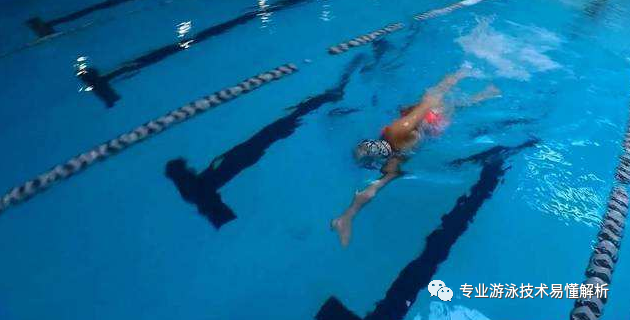
2. Lock your palm to ensure the blade and shaft are aligned in a straight line.
There are numerous techniques to improve the speed of freestyle swimming: S-curve paddling, EVF (Elevated Vertical Forearm), hip drive, shoulder drive, core rotation, whip kick, and flutter kick. However, when it comes to maximizing efficiency in the water, none of these techniques is more crucial than mastering the proper hand movement. During the pull phase, maintaining a high elbow is essential—but if your palm, wrist, and forearm aren’t aligned in a straight line, that high elbow becomes ineffective. By ensuring your hand remains locked throughout the stroke while keeping the elbow elevated, you can fully engage the power of your latissimus dorsi muscles, rather than relying solely on your arms and shoulders. This approach guarantees the most efficient and powerful swim stroke possible.
3. The paddle should be as large as possible—should your fingers remain together or spread apart?
The wider the paddle blade, the better the efficiency when paddling. But does fully spreading your fingers during the stroke actually increase the effective surface area of the paddle? Unfortunately, this only causes water to slip through the gaps between your fingers. To avoid this, some people choose to keep their fingers tightly together—however, that’s also incorrect. The proper technique is to gently spread four of your fingers slightly apart, allowing a thin "water curtain" of tension to form between them. Meanwhile, your thumb should naturally separate from the other four fingers at a subtle, sharp angle.
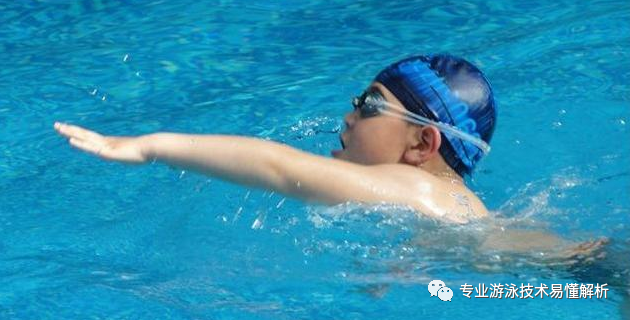
4. When paddling, watch out for your forward-reaching palm.
Why is it that even though you’re swimming efficiently and gliding smoothly through the water, you still can’t seem to catch up with other swimmers? Could it be that their palms are simply wider than yours? Actually, the real issue might lie in your own "subpar teammate" during practice. When one arm is pulling through the water, the opposite arm tends to extend forward. In true full-body immersion swimming, relaxation is key—but many swimmers end up letting their forward-reaching arm sink too deeply, or they let their palm relax at an angle relative to the wrist. Some even unconsciously curl their palms upward toward the surface of the water. All of these mistakes dramatically increase drag, slowing you down instead of helping you move forward.
There’s also a common swimming technique error that tends to occur especially during the stroke, particularly when breathing becomes labored—this mistake is even more likely to happen under such conditions. When one arm is pulling through the water, factors like lifting the head, uneven breathing, or excessive body rotation can cause the swimmer’s body to dip slightly downward. In response, the forward-reaching arm may instinctively press down into the water. To correct this flawed movement, focus should be placed on refining breathing and improving body rotation—rather than tweaking the forward reach itself. And certainly, avoid deliberately raising or floating the arm upward in an attempt to counteract the downward pressure on the water.
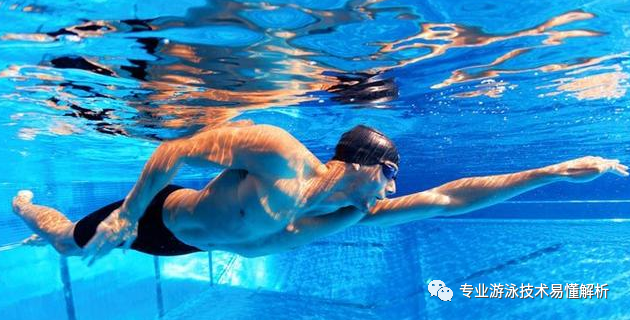
5. Don’t overdo anything, and never exhaust your strength completely.
Pursuing a long stroke distance is the right approach, but the most effective part of the pull-through—what contributes most to forward propulsion—is that brief moment when your forearm pushes vertically against the pool bottom. Throughout the entire pull phase, your arm gradually flattens out, becoming less and less efficient as it loses power. By the time your arm is nearly parallel to the water’s surface, continuing to push vertically with your palm actually becomes less beneficial than relaxing your arm earlier, lifting your elbow out of the water, and conserving energy for the next stroke.
If, as the push phase nears its end, your arm is parallel to the water surface and your palm remains aligned with your forearm—meaning your palm is still pushing upward toward the surface—this indicates that you’re inadvertently pushing the water in the wrong direction. This becomes another common mistake that can disrupt your body’s balance.
